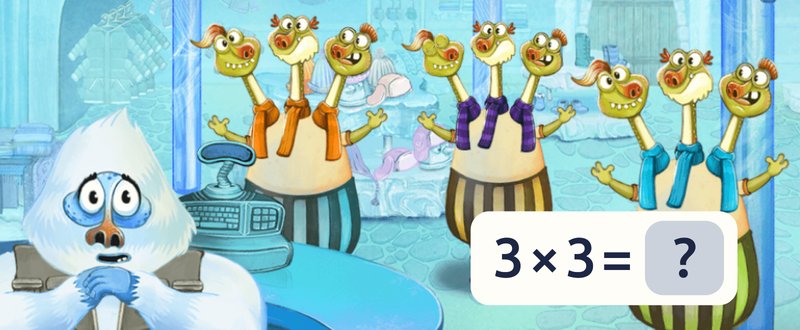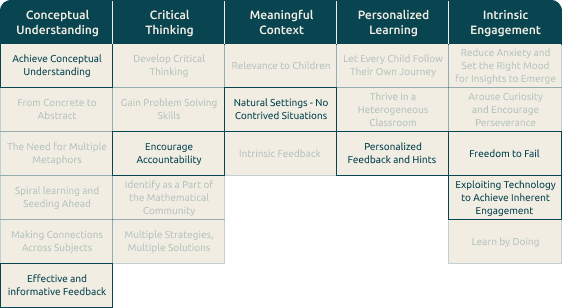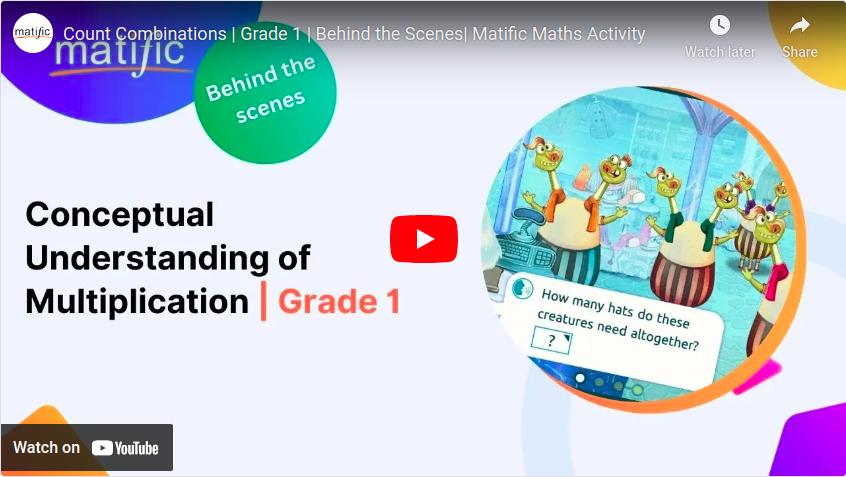
Activity spotlight - Dressed For Winter
Purpose of this episode
Interpret products of whole numbers, e.g., interpret 5 × 7 as the total number of objects in 5 groups of 7 objects each.
Description
In this episode, children view creatures visiting a winter-clothing shop. Children determine how many of each item the creatures need in all in order to prepare for the cold weather. For example, if four three-headed creatures arrive, how many hats will they need in all?
Watch video walkthrough-https://youtu.be/R_kFVl2R8yE
Mathematical Background
The first definition of multiplication that children encounter is as repeated addition. At this point, children should be proficient both in understanding and executing summation (within a limited range of numbers and addends). Multiplication provides a compact way to represent same-sized quantities repeatedly added together (5x3 rather than 3+3+3+3+3) and also provides a compact way to conceptualize situations. For example, trying to figure out how much 5 friends collect for their pizza party if each contributes $3. Understanding multiplication as repeated addition is an important basic definition as children build conceptual understanding of
multiplication and computational skills to evaluate products.
What makes it great?
It provides a conceptual foundation for the meaning of multiplication.
The concrete nature of the activity allows children to visualize the meaning of multiplication, helping them to achieve conceptual understanding of this new operation. Effective and informative wrong answer feedback simplifies the visuals to reinforce this meaning. Some children will be ready to jump into thinking about multiplication, while others will still need to rely on counting. Both are possible with the visuals provided, allowing children to follow their own journey.
The concrete setting allows children to explore an abstract concept.
Children are tasked with a genuine problem from the universe of the game in their role as helper to the shopkeeper, a role that makes the task relevant to the children. They aren’t told how to approach the task or what operation to use, encouraging accountability. The concrete objects are there for children to rely upon. Only in the answer feedback, the connection between the situation and the symbolic notation of multiplication is made explicit. Finally in the last question, children can no longer rely upon counting the concrete objects. Instead they need to imagine and extrapolate from what they can see to begin to move from concrete to abstract.
The comical elements create a playful environment.
From the silly creatures to the funny animations, the game setting is engineered to reduce anxiety and set the right mood for insights to emerge. Even the wrong answer feedback, featuring the creatures’ unhappy reactions, is designed to reinforce children’s freedom to fail and then try again.
Consonance with Our Pedagogical Principles

Play it Yourself- https://www.matific.com/share-episode/?slug=TravelMultiplicationBasic
